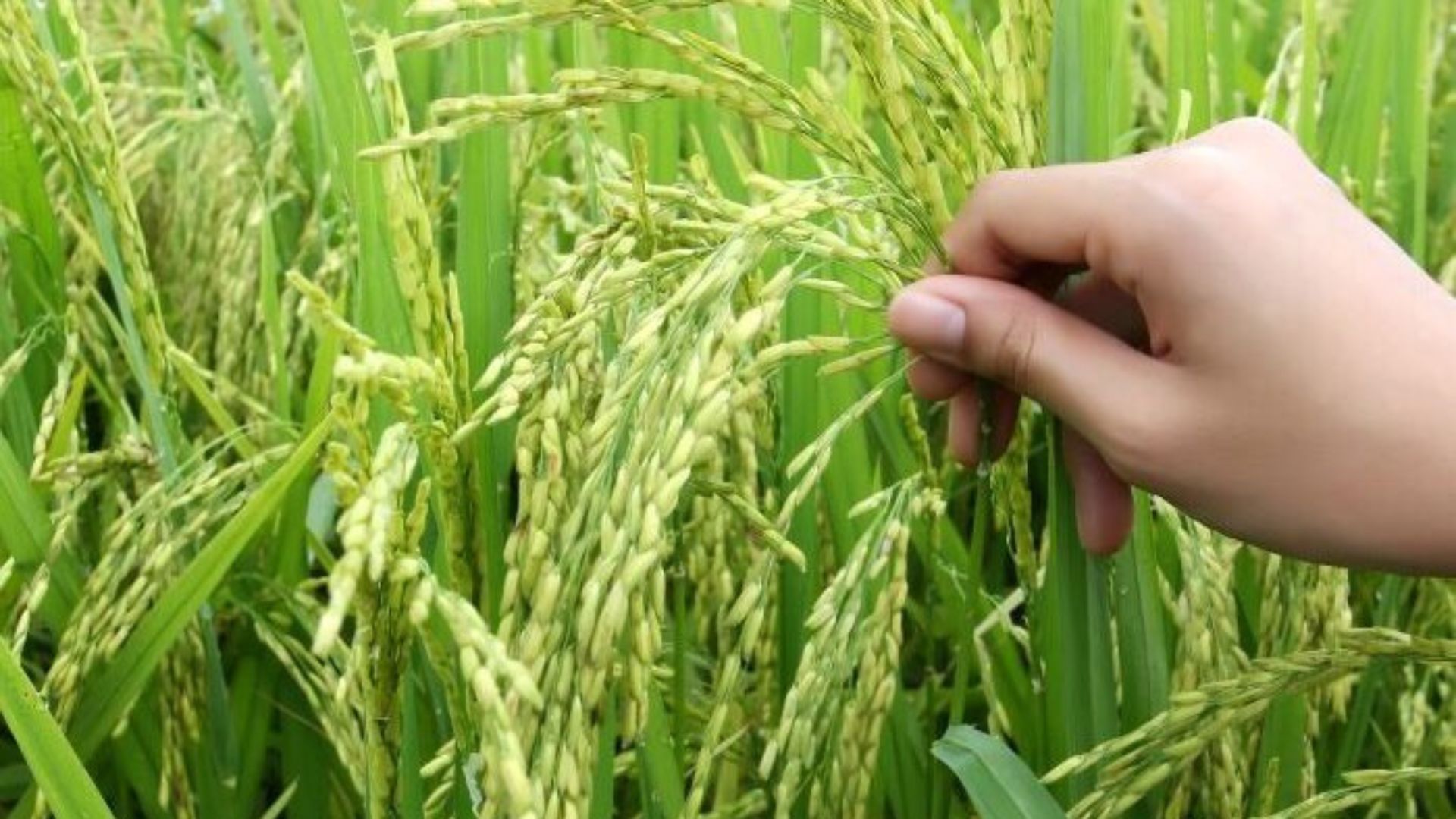
India’s kharif foodgrain production for the agricultural year 2024–2025 is estimated to reach a historic high of 1,647.05 lakh metric tonnes (LMT). This figure, released in the first advance estimates by the Ministry of Agriculture, surpasses last year’s production by 89.37 LMT and exceeds the average kharif production by 124.59 LMT.
The significant rise in foodgrain production is largely attributed to higher yields of rice, jowar, and maize. According to the ministry, kharif rice production alone is projected at 1,199.34 LMT, an increase of 66.75 LMT from the previous year and 114.83 LMT above the average.
Sugarcane production is estimated at 4,399.30 LMT, cotton at 299.26 lakh bales (170 kg each), and jute and mesta production at 84.56 lakh bales (180 kg each).
The Ministry of Agriculture clarified that these estimates were based on data from various sources, including state-level reports validated by remote sensing technology, weekly crop weather assessments, and other agencies. In a novel approach, the ministry engaged in consultations with industry stakeholders and other government departments to finalize these figures.
For the first time, data from the Digital Crop Survey (DCS)—a key component of the Digital Agriculture Mission—was used for estimating crop areas. Conducted in collaboration with state governments, the DCS aims to replace the traditional manual girdawari system and offers more accurate crop area estimates. Uttar Pradesh, Madhya Pradesh, Gujarat, and Odisha have implemented the DCS across all districts for the 2024 kharif season. This has notably contributed to an increase in rice area, especially in Uttar Pradesh.
The yield estimates for these crops are primarily based on expected normal yields and on-ground assessments. However, the ministry noted that these numbers may be revised following Crop Cutting Experiments (CCEs) conducted during the harvest. The findings from these experiments will be reflected in future production estimates.
This year’s projections underscore India’s strong agricultural performance and the role of advanced data collection methods in refining crop production estimates.















